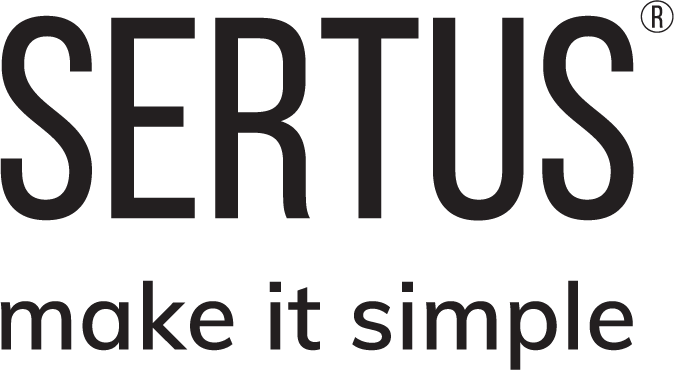Smoke ventilation system maintenance: What you need to know
Protecting residents from fire is one of the most significant safety concerns involved in constructing a building. Making sure it has the most suitable smoke ventilation system (as well as a well-thought out fire strategy) is crucial, but the process doesn’t end there.
Once your building is completed and the occupants have moved in, it’s time to ensure that the smoke ventilation system is working properly in the long run too. That’s where smoke ventilation maintenance comes into the picture.
How often do smoke ventilation systems need to be inspected?
There are a few different types of routine maintenance that need to be carried out. These are listed in various pieces of legislation and regulations.
Daily
Some checks need to be carried out on a daily basis to ensure that systems are working effectively. These include checks on fire detection and alarm systems, smoke control and dampers, emergency escape and lighting, sprinkler systems, and fire doors. In relation to smoke control, the system control panel needs to be checked. BS 9991:2007 recommends that in premises where there are defined opening times, the inspection will be done before customers are allowed to enter.
Weekly
Every week, a member of the premises management team needs to conduct an inspection of the system. This person must be suitably trained to do so. The check-ups they’ll need to do include:
Setting the system running
Ensuring that fans and powered exhaust ventilators are operating correctly
Making sure smoke dampers are performing according to their purpose (usually close, sometimes open)
Checking the automatic smoke curtains move into their appropriate position
In other words, it requires the inspection of all the equipment associated with the system, according to BS 9999:2007 Annex I.
Every three months
While the regular weekly checks are important, they aren’t enough. Every three months, building management is required to simulate a scenario in which ventilation needs to occur — that is, the actuation of all smoke control systems. This has to be done thoroughly, with each zone tested separately. This inspection involves ensuring that:
The agreed ‘cause and effect’ (triggers are the cause and an action or set of actions are the effects) requirements function correctly and the system responds to any planned method of initiation, such as smoke detection, for example.
When the primary power is removed, the secondary power supply operates within the interruption time specified in BS EN 12101-10.
Once the duty equipment fails, standby hardware starts to operate (e.g. duty standby fan sets and UPS equipment).
Batteries are within the manufacturer’s recommended life cycle, and the labels are visible in the ordinary position of the batteries.
All fault monitoring functions are working correctly (for instance, by simulating fault conditions).
Annually
As listed in BS 9999:2007 Annex I, on a yearly basis, a competent person must carry out examinations and log any defects to obtain a certificate of testing. This also includes taking necessary actions to remedy any faults.
The annual inspection will serve to identify unmonitored issues, take preventive measures, and safeguard the continued reliability of the system. It will also act as a reminder to inform relevant parties of any changes to the buildings that may affect the protection that the system is designed to provide.
Using a third-party engineer
Annual maintenance must be conducted by a ‘competent’ person. While this may be difficult to define, it usually means someone who has specialist knowledge of smoke control systems, with sufficient access to information about the specific system and spares. Guidelines advocate using organisations that are third-party certified — for example, with IFC SDI 19 certification — to ensure competence.
If this is implemented, an engineer will need to be able to attend the premises within at least 24 hours of a call from the user, in normal circumstances (there is a provision allowed for offshore islands). The name and telephone number of the third-party maintenance engineer must be prominently displayed at the main control panel and the records and documentation kept updated. The user should also record all faults or damage in the system logbook, and arrange for repairs to be carried out as soon as possible.
Why should routine maintenance be carried out?
Beyond the obvious benefits of regular smoke ventilation system maintenance — increased safety — some other advantages are important to note. Routine inspections can reduce costs, as preventative upkeep will be less expensive than remedying damage caused by a faulty system. It will also allow the system to run more efficiently for longer, maximising durability.
It is possible that your building already has dedicated maintenance staff. However, due to the severe implication of a botched inspection — in terms of both cost and potential harm — it is often worthwhile to enlist professionals to carry out some of these tests.
If you need any assistance with servicing or maintaining a smoke ventilation system, contact us and we will help you find the best maintenance provider for your needs.
